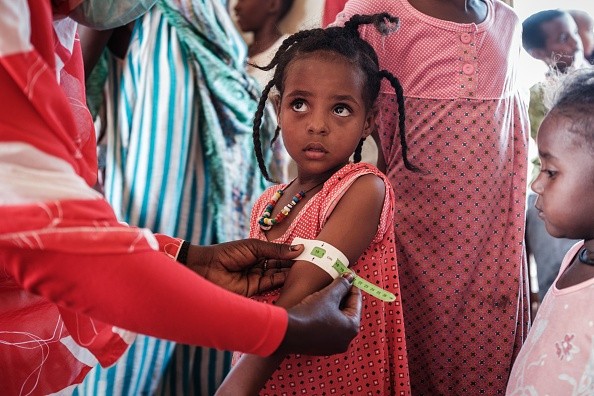Since the 1-in-100-year covid-19 pandemic began over a year now, it has driven millions of children into hunger. But every 4-7 years, an El Niño prompts the shift in weather patterns across the tropics, and this usually brings about warmer temperatures and precipitation changes as well as global impacts on agriculture, conflicts, infectious diseases, and other issues.

Undernutrition in Children
As a result of one bad El Niño, close to 6 million children were left undernourished, as per a study in Nature Communications. That's not less than 70 percent and maybe up to triple the number of children who faced hungry due to of the pandemic.
An author of the paper and also Harris School of Public Policy assistant professor, Amir Jina, said, "It would have been very difficult to prepare the world for a pandemic that few saw coming, but we can't say the same about El Niño events that have a potentially much greater impact on the long-term growth and health of children."
"Scientists can forecast an approaching El Niño up to 6 months in advance, allowing the international community to intervene to prevent the worst impacts. Our study helps to quantify those impacts on child nutrition to guide global public investments in food insecure areas."
Impacts of El Niño on Child Feeding
Jina together with Gordon McCord and Jesse Anttila-Hughes - his coauthors - provide the initial estimate of the impacts of El Niño on child feeding all through the global tropics.
They achieved this by gathering data on over a million children spanning four decades and all country regions that are developing. This dataset represents about 50 % of the over 600 million-powerful under-five population all over the world.
Their analysis discovers that warmer, drier El Niño conditions rise a lack of adequate nutrition in children across a great number of the tropics, where the World Health Organization (WHO) already considers 20 percent of children as severely underweight. That percentage increases by 2.9 percent in El Niño years which affected millions of children.

Severe Hunger
Speaking of the severe 2015 El Niño, the number of children at WHO threshold or below for severely underweight increased by almost 6 percent - or close to more 6 million children driven into hunger. While the weight of the children seems to get better with time, the shock on their nutrition at a young age makes their growth stunted in later years.
Severe hunger is a global health issue that can be prevented with proper nutrition. This is a crucial subject that needs to be addressed. If not there will be severe consequences.
Severe hunger is a severe problem in the world today. It is caused by the high population growth, climate change, food insecurity, lack of an affordable energy source, poverty, and unemployment. We are facing severe hunger on a global scale.
For more news, updates about hunger and similar topics don't forget to follow Nature World News!
© 2026 NatureWorldNews.com All rights reserved. Do not reproduce without permission.





